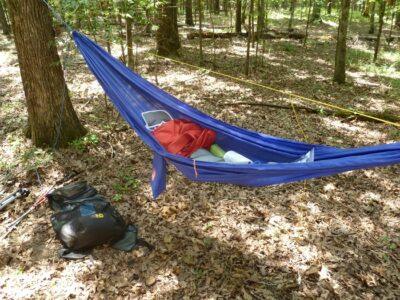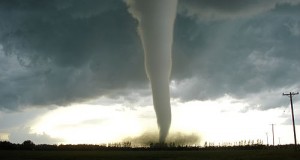Equipment to produce shelter is perhaps the third most important item in your bug-out bag, after the ability to purify water and to make fire.
Whether you find yourself in an off-the-grid situation, or are just preparing to camp out in the woods for some fun, having shelter is critically important.
There are multiple ways to make shelter, but the most common methods include popping up a small tent with poles, setting up a tarp with some rope, constructing a lean-to with the resources around you, or preparing a hammock.
Any of these options should serve you well enough, as long as each is properly set up, and different preppers and survivalists will have different opinions. You also need the ability to set up a durable shelter fast, in case darkness is fast approaching or bad weather is looming.
If possible, you should include in your bug-out bag more than one way to make a shelter, just as you should include more than one way to purify water and start a fire.
There are many reasons why a hammock should be one of those shelter-making options. It’s portable, lightweight, easy to set up, and doesn’t take up as much space in your bug-out bag as a tent would.
The Pack For Anybody Who Wants To Be Fully Prepared For An Unexpected Emergency
Whether or not a hammock should be included in a person’s bug-out bag has actually started more debate in the prepping and outdoor communities than you may think.
There are valid arguments for both sides; after all, no way to make a shelter is absolutely perfect. But from my perspective, the benefits of a hammock definitely justify stuffing a good quality one in your bag or survival kit.
WHY A HAMMOCK?
First of all, hammocks are lightweight and roll up to compact sizes. This means that you’ll have substantially less weight in your pack than if you were to include a tent. Another excellent advantage: They are more versatile than tents or tarps. With a tent, you need flat or semi-flat terrain, but with a hammock you can use a steep hill, as long as there are two trees close enough together.
But perhaps the most obvious advantage to the hammock? It gets you off the ground. With a tent or a tarp, you can set up some sort of covering on the ground to ensure that you’re not in contact with the dirt, but with a hammock you’re a few feet up from the ground and the creepy crawlies that inhabit it at night. Besides, being on the ground even with a covering can be uncomfortable without proper padding.
An Amazing Breakthrough In Compact Portable Backup Power!
Many hammocks also come equipped with a zip-up bug net for extra protection against flies, mosquitoes and other insects. Granted, these kinds of hammocks can cost up to twice as much as other ones, but it may be worth the extra cost.
Last but not least, you can combine a hammock with other forms of shelter. For example, you can wrap a poncho or a sleeping bag around you in the hammock, and set up a tarp at the two trees to block the wind. This will take additional time to set up, but there are few other ways that would keep you both protected against the wind and firmly off the ground.
Be sure and practice setting up your hammock at home or at a park so you can be ready to use it when the time comes. You’ll want to set up your hammock and other accessories in less than five minutes.
The hammock is an excellent way to set up shelter adequately and quickly. Granted, it may not be the warmest shelter system for the middle of winter, but from spring through fall, there’s no reason not to include a little 10-ounce hammock in your bug-out or survival bag.
Do you know of other benefits of hammocks? Leave your reply in the section below:
 Off The Grid News Better Ideas For Off The Grid Living
Off The Grid News Better Ideas For Off The Grid Living





